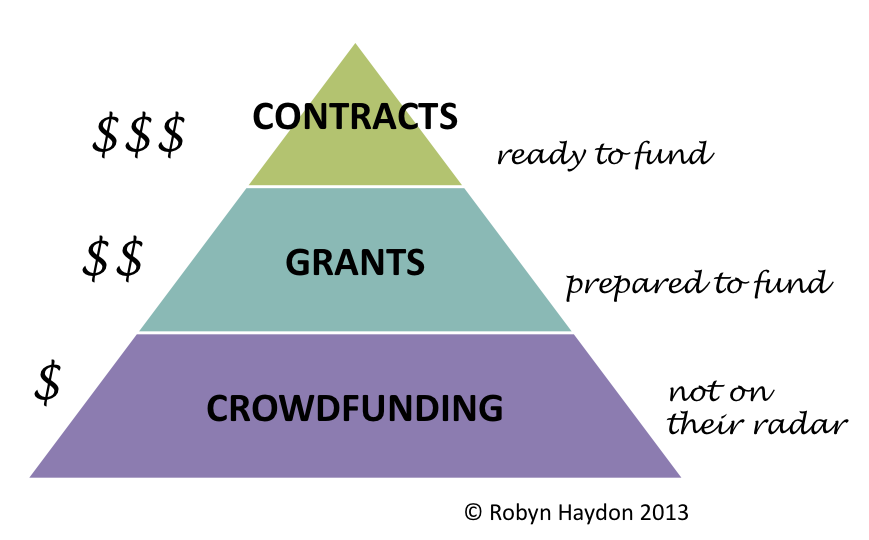Last December I ran this letter in the Winning Pitch, and it had the highest open rates of all my newsletters in 2012. So if you missed my Christmas letter to Procurement it, here it is again, with a few amendments to bring it up to date for 2013. Unfortunately, the bad news is that not much has changed in the buyer/supplier relationship in the past twelve months. The good news is that there is still room for improvement!
Here's hoping that the New Year brings more balance for all of us in the tendering system. No matter what side of the fence you sit on, I wish you a Merry Christmas and a happy New Year :-)
Dear buyers,
You need stuff done; we know how to do things. We need each other, and we really want to work with you to do great things together.
Unfortunately, the tendering system is turning us into adversaries, not collaborators. Like us, you are probably drowning under a pile of forms and schedules, and you must be wondering if there is a better way to make buying decisions. We think there is. Here is how, with only a few small adjustments, we can change this system for the better.
- Let us talk to you again. A tender isn't the only way to scope the market and for complex purchases, it really isn't the best option. So let’s have a chat. Things change quickly and you might be surprised about what we can do for you now that you haven't yet heard about. And, while we’re on the subject…
- Bring back Expressions of Interest. If you want to assess potential suppliers on paper, why not use an EOI, rather than an RFT? These are short and reasonably straightforward for us to complete. They make us feel like we’re in with chance, and not like we are jumping over a very high hurdle for a very small likelihood of return.
- Say what you mean. Years have passed since the introduction of competitive tendering, but the tenders themselves haven't changed very much in all that time. They are often hard to interpret, and the evaluation criteria don’t always match the questions. With better instructions, any supplier with a bit of common sense will be able to bid confidently. That’s good for you, and it’s good for us.
- Timetable a response period that’s reasonable. We run a pretty tight ship these days; our staff are stretched and it can be difficult to keep up with complex RFT requirements and shrinking deadlines. Crunching us for time because you’re late to market only means you get rushed, poor quality submissions. On the other hand…
- Don’t issue a timetable and then grant a last-minute extension just before the deadline. This unfairly disadvantages (and discourages) the suppliers that are prepared, and have made it a priority to respond to your RFT.
- Please, answer our questions when we ask them. We think very hard before we submit questions about an RFT, because we don’t want to waste your time. But often, we don’t get meaningful answers (or sometimes, any answers). Better information will mean better proposals for you to evaluate. And finally…
- Have a heart - don’t drop a tender on 21 December. We know you like to come back to a full inbox, but we would like to see our families too.
There's no doubt the tendering system could work better, and together, we have the power to make it happen.
You know, at the end of the day, we are all just people. We all put our pants on one leg at a time. So come meet some of us; we bet you will like what you see and hear.
With hope and best wishes for a Happy New Year, Your Prospective Suppliers


